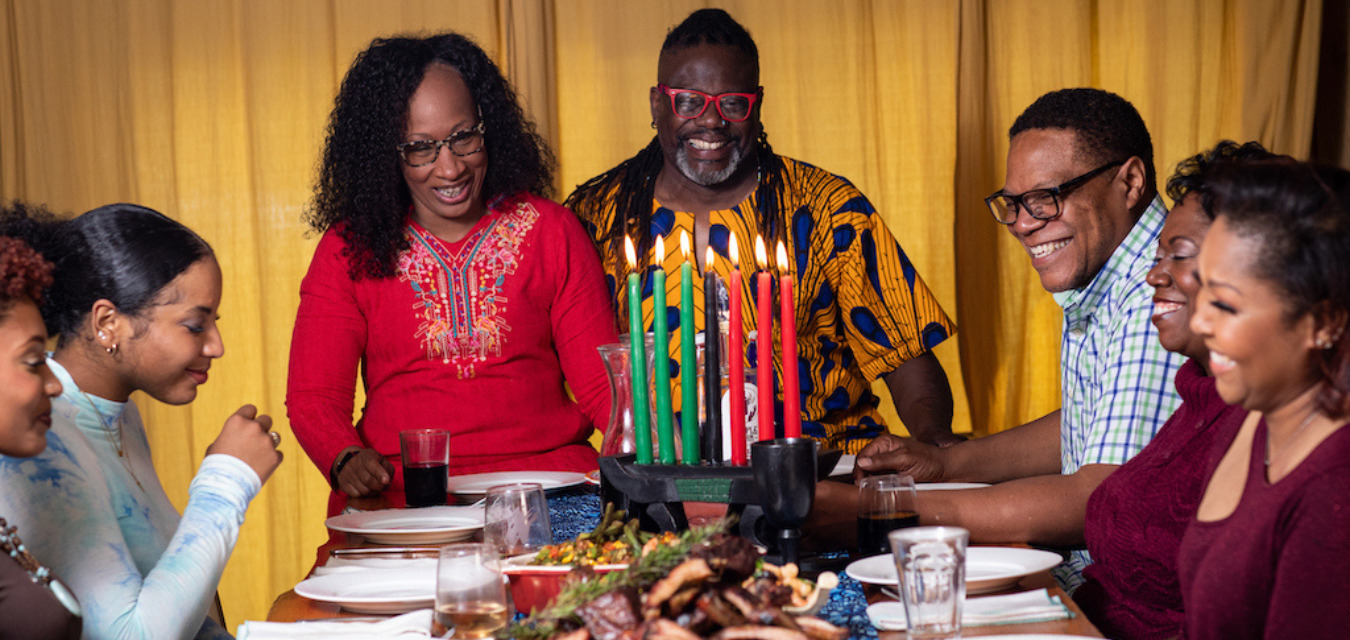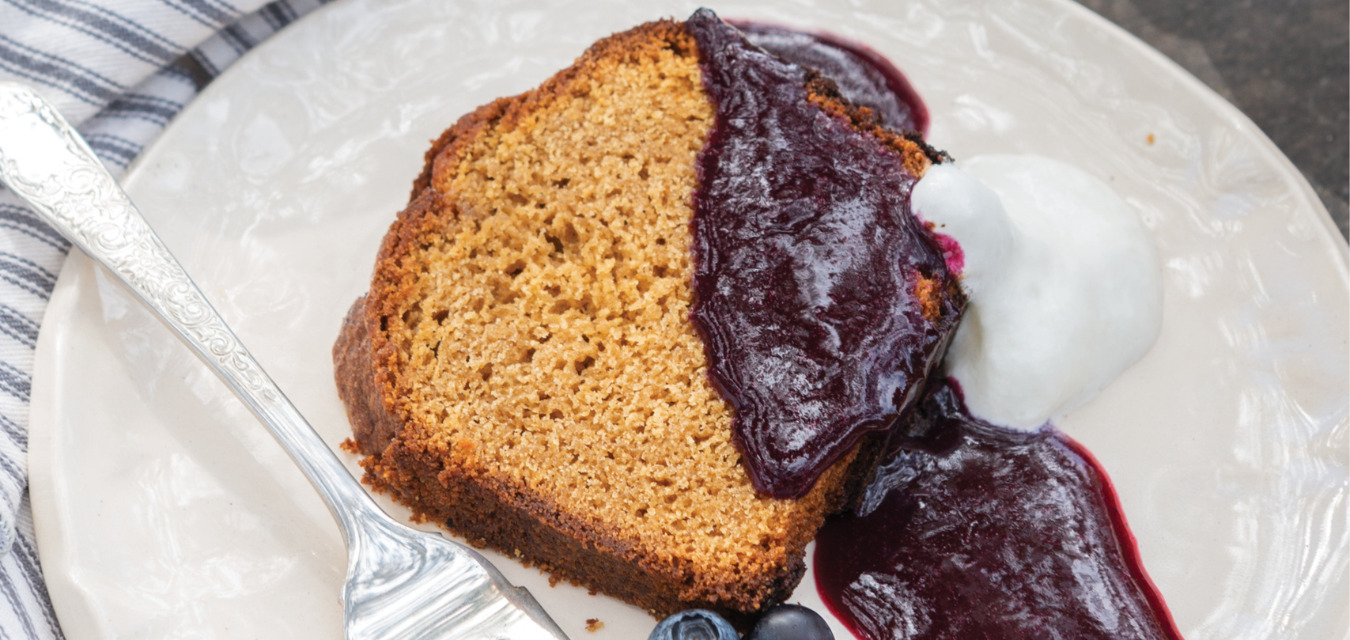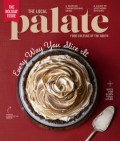Farmer, chef, and author Matthew Raiford shares the roots and traditions of Kwanzaa
For the past seven years, December 25 has brought an excitement to Gilliard Farm, my ancestors’ property in Brunswick, Georgia, that compares to no other. It is an excitement that comes not from the anticipation of opening gifts under a meticulously decorated Christmas tree; nor is it from kissing our loved ones under mistletoe in tacky sweaters with a yule log alight in the fireplace. Our elation comes with the knowledge that December 25 is hailed as Kwanzaa’s Eve.
Established in 1966, Kwanzaa has been celebrated in both African American and Pan-African communities across the globe. This celebration is rooted in African spirituality, family, community, and culture while upholding and honoring African traditions—both past and present. These traditions center on five foundational kinds of events, which include the gathering of people; special reverence for the Creator and creation; commemoration of the past; recommitment to the highest cultural values; and celebration of the “ultimate good.”
Created by Dr. Malauna Karenga as an undertaking to recover and reconstruct the culture of African descendants inhabiting America, the celebration lasts seven days and is governed by the Nguzo Saba, or the Seven Principles, which are driven toward reinforcing family, culture, and community. Each day, beginning December 26, has one of the Nguzo Saba as a theme of focus. Those principals are Umoja (unity), Kujichagulia (self-determination), Ujima (collective work and responsibility), Ujamaa (cooperative economics), Nia (purpose), Kuumba (genius), and Imani (faith).
Roots in the Gullah Geechee Corridor
Africa as a continent is home to 54 countries that have innumerable tongues, practices, and spiritual beliefs. During the Arab and transatlantic slave trade, Africans were dispersed throughout the Diaspora. It was primarily the transatlantic slave trade that was responsible for the transportation of West Africans to the coasts of North Carolina, South Carolina, Georgia, and Florida. Slave ships were filled with Yoruba, Igbo, Mende, Fula, Limba, Balanta, Temne, and members of other nations who were stripped, separated from kinsmen, and then stacked upon one another as they traveled to what is now known as the Gullah Geechee corridor.
Their arrival to North America brought a variety of different religious practices, customs, and traditions that were expressed through song or oral history rendered by griots who help to preserve the culture by retelling the recollections of the elders. This transaction is deemed sacred and has been so since antiquity during the Shonghai Empire, and it serves to inform, direct, and ensure that the next generation keeps the traditions and practices of the present and past. Through the merging of all these different practices and similar traditions, the Gullah Geechee culture was formed. Much like our rich culture, Kwanzaa is a lifestyle expressed in word, action, and deed.

Historian, preservationist, and human rights advocate Dr. Jamal Touré of Georgia Southern University is a true example of the embodiment of culture. Touré began his active journey to Kwanzaa as a law student in Macon, Georgia. “Dr. Otis Johnson, a professor at Savannah State University, had established public celebrations, and upon my return [to Savannah after law school], I was asked by a group of friends to get involved with what was going on,” he says.
Touré took this opportunity to help educate his community about local history, including the pre- and post-Civil War Era, by displaying the impact African descendants have had on the economic growth of America. As he became more engrossed with his findings, he developed a display centered around the regalia of the Negro Leagues that has been remembered since its introductions in the 1990s.
It is when he became a member of the Drum, a group of living history historians, that his knowledge began to “dig deeper” into the culture to emerge as the African Spirit. “During a Kwanzaa event, the Living Historians approached me to be a part of a presentation where I was to resist their thoughts of joining the First South Carolina Volunteers, one of the first African American Union infantries during the Civil War. That reenactment began to expand and grow. Over time, my ancestors led me to incorporate more of the Gullah Geechee elements. The old spirits came to speak through me and that was the beginning of the African Spirit,” he explains. “It was after I attended a Native American event where I also observed traces of Africa when I realized that my culture stretched further back in history than the 1800s.”
The African Spirit is indescribable, for it never appears in the same manner twice, yet once witnessed, one is forever changed in its presence. When the African Spirit is present, Dr. Touré is not, and a reverence for all traveling spirits falls amongst the crowd. This embodiment of culture is an example of how the principles of Kwanzaa must exude from all that is always within the practitioner to achieve the truest freedom, which is knowledge of self. “You conquer oppression by knowing who you are. If you have an understanding of culture and history, your self-confidence level is sky high. History helps you to love yourself. Embrace who you are,” he says.
How We Gather During Kwanzaa
Kwanzaa’s central theme is the celebration of community from both an individual and collective aspect with the goal of uplift and empowerment. Observers might see Kwanzaa as a winter holiday or family reunion; by contrast, practitioners are aware and confident that this celebration is a conduit for community improvement, which begins with the strengthening of family and bonds.
Each of the seven days during Kwanzaa begins with an intergenerational group of participants who cross all socioeconomic barriers. The objective of each gathering is “Each One, Teach One, Reach One,” meaning each participant has something to learn from someone and teach someone to reach the collective community. This closed practice begins with the blessing of the eldest participant in the room, which reminds practitioners that it is our elders who are our wisdom on this journey, and it is their experiences that illuminate present paths.
The blessings to proceed are then followed by the pouring of libations to venerate the ever-present ancestors, which ushers in the lighting of the kinara that holds seven candles (three red, one black, and three green), each representing the Nguzo Saba. Youth oversee lighting of the candles and state the candle they are lighting along with its meaning. The lighting of the kinara begins with the center black candle, which stands for Umoja (unity). Although the order of service may vary in its proceedings, it is imperative that the elders and ancestors are acknowledged and respected.

For the past nine years, I have had the pleasure of hosting the final day of our local Kwanzaa celebration. When we began the gathering at my restaurant, the Farmer & Larder, we began with about thirty guests who gathered around a table with covered dishes to collectively brainstorm about the expansion to make our Kwanzaa into an annual gathering. After the second year, attendance doubled and it was evident that we would need a bigger space. Once the decision was made to transition to the farm in 2015, each year our gathering has blossomed.
This growth has established the Umoja (unity) of Gilliard Farms with other veteran leaders like Reverend Zack Lyde, who is 82 years young and still on the battlefield of social justice. It has fostered Kujichagulia (self-determination) of standing firm and proud in my Gullah Geechee heritage and culture. It has been the cornerstone of Ujima (collective work and responsibility) for the sustainability and regenerative nature of agriculture. It has resuscitated Ujamaa (cooperative economics) by connecting others with people who could benefit from each other’s services. These occurrences have been a lamp unto our feet as we thrive in Nia (purpose) in all our endeavors and has sparked the Kuumba (genius) that produced my book, Bress ’N’ Nyam (Countryman Press, 2021). I remain grateful for the Imani (faith) of those before me who continue to lend me their shoulders to stand upon.
We gather for Kwanzaa every year for more than a seven-day feast. We gather because we know that one cannot achieve greatness by oneself—it takes the collective.
Matthew Raiford’s Kwanzaa Menu
Watermelon Steak Salad with Heirloom Tomatoes and Sangria Vinaigrette
Reezy-Peezy
Effie’s Shrimp Creole
Mess o’ Greens and Smokin’ Hot ’n’ Sweet Seasoning
Roasted Rosemary Shrimp with Arugula and Lemon
Sea Island Red Pea Succotash

Effie’s Brown Sugar Molasses Pound Cake
more of raiford's recipes
share
trending content
-
Quick & Easy Southern Spirits For the Holiday Season
by Emily Havener -
How Nicola Blaque Is Redefining Jerk Chicken in the South
by TLP Editors -
A First Look at The Bakehouse Texas
by Emily Havener -
A Guide to Orlando’s Hand-Pulled Noodle Revolution
by TLP Editors -
A First Look at Shokudô
by Tate Jacaruso
More From At the Table
-
12 Recipes for a Vegetarian Thanksgiving
-
A Simpler Thanksgiving
-
Halloween Recipe Round-Up
-
The Swordfish Sea Change
-
The Harvest: Apple Recipe Round-Up
















